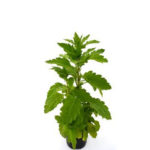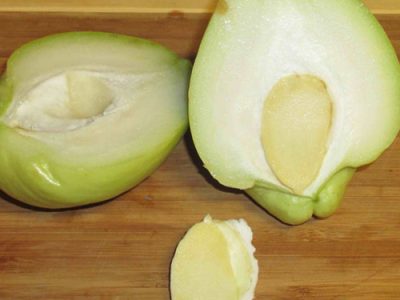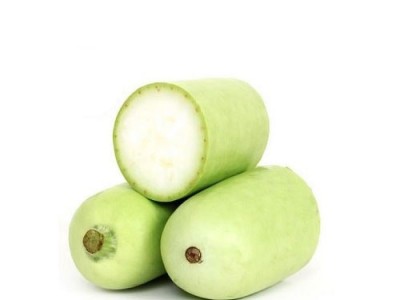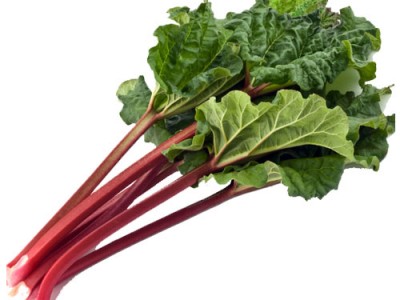
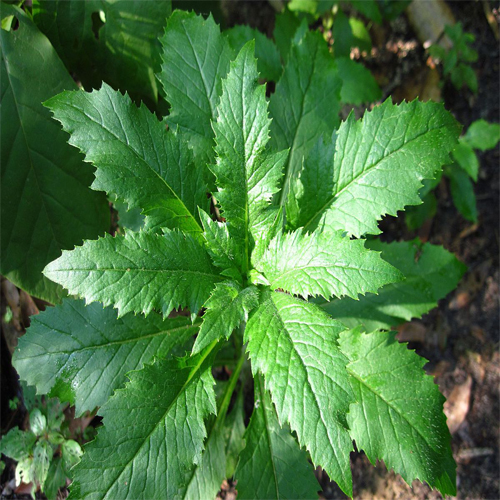
Epazote Properties Uses And Its Caution
Epazote
Shrubs and bushes also forms part of plant kingdom. Shrubs are a small to medium-sized woody plant that usually grows up to 6 m. There are certain shrubs which are lesser than 2 m which are termed as sub-shrubs. Some of the plants are lavender, periwinkle and few species of rose. A well cultivated shrub in a park or a garden is known as a shrubbery. This topic will deal with an annual perennial plant named Epazote which is native to Central America, South America and southern Mexico. The botanical name of this short-lived plant is Dysphania ambrosioides. The other common names of this plant are wormseed, Jesuit’s tea, Mexican-tea, paico, epazote, or herba sancti Mariæ.
Properties
This plant grows up to 1.2 m tall and has a oblong-lanceolate leaves up to 12 cm long. The small green flowers are produced in a branched panicle at the apex of the stem. It is also foun in warm areas to subtropical areas of Europe and the United States. At times, this plant becomes an invasive weed.
Uses Of Epazote
- This plant is used as a leaf vegetable, herb and herbal tea for its pungent flavor.
- When consumed raw, the leaves has a taste similar to oregano, anise, fennel or tarragon.
- It has carminative properties which improves digestion.
- It can be used as an ingredient in soups, mole de olla, tamales with cheese and chili peppers, chilaquiles, eggs and potatoes and enchiladas.
- It is often used as an herb in white fried rice and an important ingredient for making the green salsa for chilaquiles.
- Epazote oil is used for treating hookworms in humans and other animals.
- It is popularly called as Baltimore oil, because large production takes places in this famous place.
- It prevents flatulence.
- It has also been used for amenorrhea, dysmenorrhea, malaria, chorea, the now discredited diagnosis of hysteria, catarrh, and asthma.
Study About Epazote
Epazote is from Nahuatl, the Aztec language, and means skunk sweat or skunk dirt. A study made during the month of August 2007 showed it is effective against the protozoa that cause Leishmaniasis, a fly-carried disease which affects 12 million people in 88 countries. This may lead to new drugs to treat the disease.It produces thousands of small seeds that can be easily dispersed by human activities as well as by abiotic factor. It is listed as a noxious weed in the United States, Central and South America, Asia, Africa, Australia and Europe.
| Nutrients | Nutrition Value | % DV of RDA |
|---|---|---|
| Energy | 32 Kcal | 1.50% |
| Carbohydrates | 7.44 g | 6% |
| Protein | 0.33 g | <1% |
| Total Fat | 0.52 g | 2% |
| Cholesterol | 0 mg | 0% |
| Ditary fiber | 3.8 g | 10% |
| Vitamins | ||
| Folates | 215 µg | 54% |
| Niacin | 0.639 mg | 4% |
| Pantothenic acid | 0.179 mg | 3.50% |
| Pyridoxine | 0.152 mg | 12% |
| Riboflavin | 0.348 mg | 27% |
| Thiamin | 0.028 mg | 2% |
| Vitamin A | 57 IU | 2% |
| Vitamin C | 3.6 mg | 6% |
| Electrolytes | ||
| Sodium | 80 mg | 5% |
| Potassium | 470 mg | 10% |
| Minerals | ||
| Calcium | 275 mg | 27.50% |
| Copper | 0.190 mg | 21% |
| Iron | 1.88 mg | 24.50% |
| Magnesium | 121 mg | 30% |
| Manganese | 3.098 mg | 135% |
| Phosphorus | 86 mg | 12% |
| Selenium | 0.9 µg | 1% |
| Zinc | 1.10 mg | 10% |
| Phyto-nutrients | ||
| Carotene-ß | 38 µg | — |
Caution
Overdose may lead to death. So, proper caution should be shown while consuming this oil. Minimum dosage will be very useful. The compounds found in the oil are terpine compounds. Purified oil made from this plant is very toxic. Signs of toxicity include salivation, increased heart rate and respiration, changes in blood chemistry, and convulsions. Oil can cause skin reactions, and it is dangerous to inhale. The dose that gets rid of parasites is close to the toxic dose.

